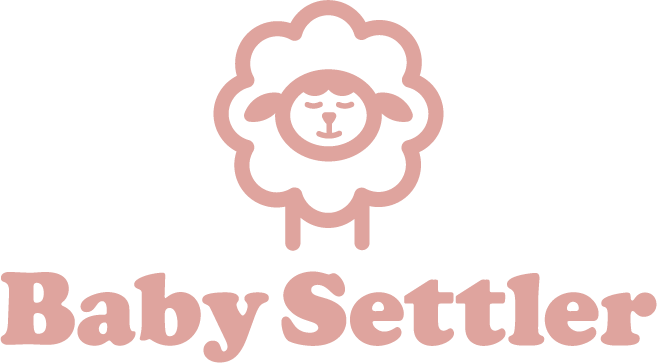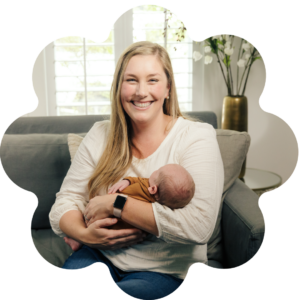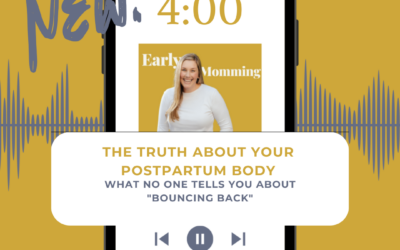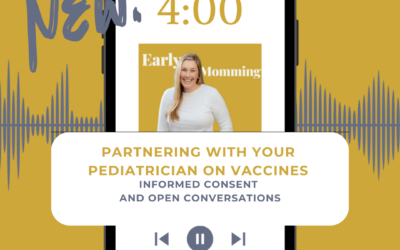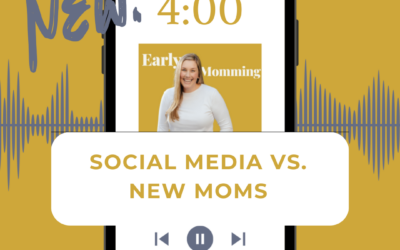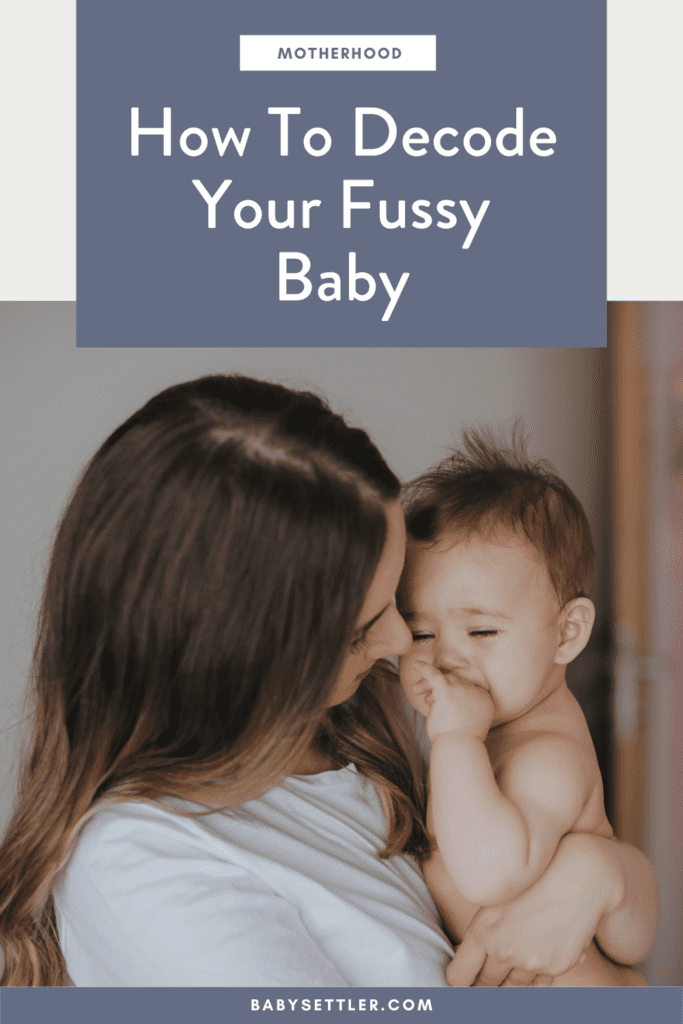
Your baby is going to cry, no matter what you do. Crying is one of the ways that babies communicate and burn off energy. You are not a failure if your baby cries! But, do you know the difference between fussing and crying?
Decoding your fussy baby isn’t about attempting to stop all fussying, rather it’s a way to try and understand what your baby is trying to tell you.
The Difference Between Fussing And Crying
Fussing isn’t as intense as crying. Crying involves tears while fussing is a way of telling you that they’re in need of something. Crying is often a late cue. Fair warning, fussing will follow your baby into early childhood!
For what to do when your baby cries, click here.

What Is A Fussy Baby Trying To Tell You?
A baby doesn’t fuss for no reason. When your little one is fussy, it’s important to get to the “why” behind it. Are they hungry? Uncomfortable? Have they not had a proper nap so now they’re tired?
During the newborn phase (from birth to around two months of age), fussing is often a warning sign that your baby is slipping past their optimal wake window. Newborns can easily become overstimulated by their new world and are working to adapt.
When you put your little one down to sleep and they’re being fussy, it’s okay. Letting your baby fuss for a few minutes isn’t going to cause your baby to have attachment issues. Pausing for a few minutes and not picking your baby up while they’re fussy may give them the opportunity to drift off to sleep.
However, Don’t Pause If They’re Hungry
When your baby is in the first three months of their life, you want to feed them when their early feeding cues begin. Signs like them raising their little hands to their mouth and smacking their lips are examples of early feeding cues.
Take these motions as a sign to start feeding before your baby becomes fussy; don’t pause for a few minutes before feeding.

Questions To Ask If Your Baby Is Fussy
- Are they hungry? How often your baby typically feeds in 24 hours is based on their age, so use this as a reference. Also, keep an eye out for those early hunger cues mentioned above.
- Are they comfortable? There are a few things to consider here such as a clean diaper, temperature appropriate clothing, closeness to parents, needing a burp, or belly discomfort. One thing I love to keep babies comfortable during sleep is a swaddle. Swaddling mimics the feeling of being in the womb, so it is soothing for little ones. A favorite swaddle of mine is the Woombie.
- Are they tired? Keep an eye on their optimal wake window. This refers to the window of time that your baby is able to stay awake in between naps, when they eat, play, and get their diaper changed. Watch for those sleepy cues (rubbing their eyes, yawning, not wanting to play).

If you’ve asked these questions, and tried getting your baby comfortable, feeding them, and putting them down for a nap and they’re still fussy, provide comfort and support while they work through it!
Parents suggests that bringing in some noise may help with this. “A pregnant belly is not the serene sanctuary you might imagine. Your baby can hear the pounding of your heart, the rush of your blood, and the gurgling of your stomach. For some newborns, silence isn’t golden.” Turning on a fan, a noise machine, or vacuuming might just be what your little one needs to calm down.
My Babies Made Simple course will help you decode your fussy baby and provide solutions based on their developmental age! It’s a great reference for quick solutions.
